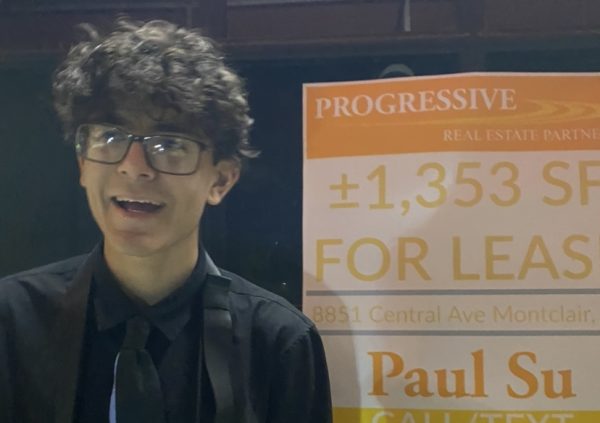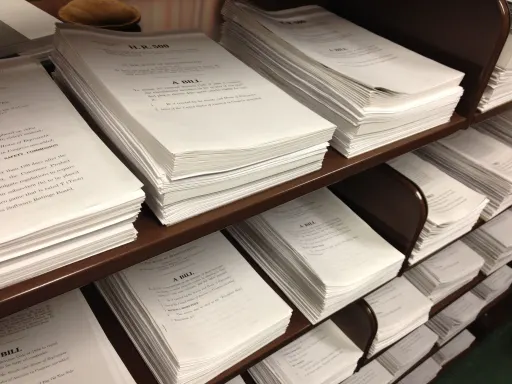Californias future of immigration
On a path to better life, they travel through deserts void of civilization and cities full of crime, leaving homes now overcome with violence and inhospitality. Going through crucibles and the worry of health, finance, and a place to stay something not many experience in the U.S. Then they are faced with a barrier and taunted with opportunity on the other side, the journey comes to an end… finished yet still full of fear, stripped of their dreams, and sent back.
In the last 200 years, the northern triangle containing the countries of Guatemala, Honduras, and El Savador has been fraught with political turmoil. From barely any access to capital to corruption through the government and severe gang violence. Such turmoil has turned nations with great potential into a breeding ground for crime where children, citizens, and families are stuck looking for better options in the U.S, but unfortunately not welcomed. However, the new Biden administration promises are coming to fruition with the end of Title 42. While in place, Title 42 allowed border patrol to automatically turn away immigrants with no background checks. While ending Title 42 will help many immigrants in need, there are also a lot of problems riddled throughout this action. The most prominent is the already backlogged immigration system at the U.S. southern border, making citizens across the US Southern Border wonder if the United States can handle the increased stress.
The past two U.S. presidential administrations, Obama and Trump, have had some of the highest deportations in US history while trying to solve immigration capacity issues using Title 42. Yet, immigration centers are still bursting with inmates and burdened with low amounts of aid. CBS News reports that in 2021, immigration centers were holding 16 times their capacity and to the current date have only gotten more overfilled. Such centers are so crowded that some are calling them to have similar conditions as labor camps. The centers have individuals sharing toothbrushes, sleeping on floors, and spreading illness. Seeing this overcapacity, ending Title 42 will be hard to balance with the current backlogged imigration center. Not only is the amount of immigrants at the southern border alarming, but the infrastructure to keep these systems rolling is insufficient.
When Title 42 ends it causes longer wait times for immigrants to escape these inhumane centers. California alone has nearly 2,000 immigration lawyers while welcoming 6,000 immigrants a day. This is a problem considering for every background hearing or citizenship status trial, an immigration lawyer needs to be there. These trials can last for days or even weeks. Adding more immigrants to the waiting list mandates them to stay in terrible facilities longer.
With our high liberal population at Claremont High School, most are in favor of letting immigrants come into our country.
“Yes, I think [southern border] immigrants should be allowed in… they might be fleeing from war, abuse, gangs, and hunger,” stated CHS sophomore, Alex Krauss. “America lives in comfort, why shouldn’t immigrants share that comfort too?”
Just like Krauss, students across CHS believe that people of different origins have a right to U.S. life. It is the perfect world that most strive for but unfortunately the United States may not be ready. Before we start closing Title 42 it is needed to make sure that immigrants will be safe. Hopefully moving to the final two years of the Biden administration, these problems are seen and bills passed to support the southern US immigration centers. Humanitarian harms are being committed every day and migrants are backlogged in the United States’ systems with no end in sight. Whether one is a Republican, Democrat, Independent, or neutral, seeing the southern border as a massive problem is a view for all. Immigrants are dying every year in US imigration camps and the United States is not making progress.
As more immigrants flow through California’s border, the U.S. has barely any relief for them — from financial help to healthcare. While CHS students are graduating into a state that accepts these issues, it is clear that there is a lot more that needs to be done to ensure that everyone, regardless of where they are from, has access to a safe life.
Hello there! Our goal is to provide relavent, engaging journalism for readers of all ages. Your donation will support the student journalists of the Wolfpacket at Claremont High School, and will allow us to purchase equipment, print our monthly issues, and enter in journalism competitions. We appreciate your consideration!

Carson Hunter Paul-Lopez-Kunkel. Despite his strikingly unique name, he’s a person who embraces a carefree and down-to-earth demeanor and for most,...











